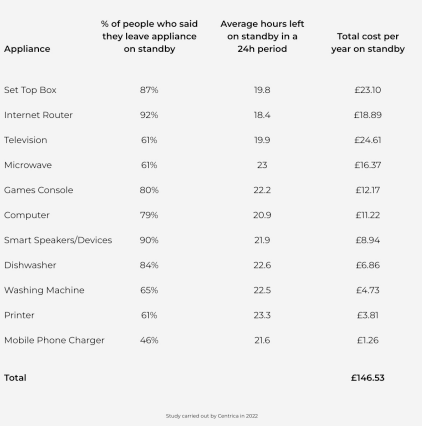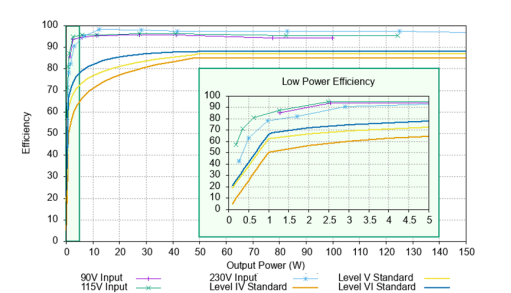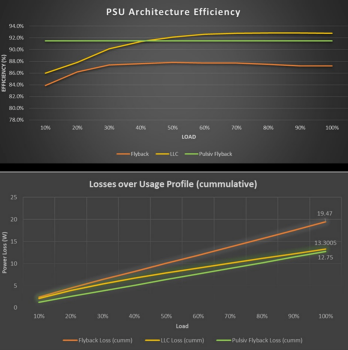Tackling energy vampires in our homes
As a confluence of factors – from post-COVID and post-Brexit supply chain challenges, to the Russia-Ukraine war – continue to fuel a global cost-of-living crisis, consumers concerned about rising energy prices are looking for measures that can help reduce their monthly bills. In this article, Darrel Kingham, CEO, Pulsiv explains how to tackle wasted energy from ‘vampire devices’ in the home.
What are vampire devices? Vampire devices are consumer electrical or electronic appliances that consume energy even when in standby mode or not being used. Many are designed to be accessed quickly with one simple operation, such as activating a TV, coffee machine, or microwave. IoT (Internet of Things) devices with integrated ‘smart’ functionality (such as smart speakers, thermostats, or doorbells) continue consuming energy to perform tasks such as monitoring, data recording or updates, and typically require always-on connectivity. Examples include:
- Televisions
- Computers
- Audio equipment
- Gaming consoles
- Printers
Other often overlooked devices that maintain a constant connection to the mains and consume power when sitting idle include:
- Wireless routers
- Coffee machines
- Kitchen appliances & white goods
- Microwave ovens (often including digital clocks)
- Air conditioning units
In today’s world, the number of these devices in the home is only increasing and according to a report from the National Resource Defence Council, US households spend around $19 billion per year on vampire energy costs. This equates to roughly 23% of power being consumed in standby mode, which the consumer pays for in their electricity bills. In many cases, the average household owns multiple numbers of these devices, meaning potential savings could be considerably higher.
How do vampire devices waste energy?
Laptop power supplies are a good example. They’re designed to charge the battery quickly and efficiently, but few of us unplug the cable once charging is complete. When the laptop remains plugged in, the power supply operates in a ‘low power’ mode, which is considerably less efficient than when charging. In most cases, it will feel warm or even hot to touch as a direct result of energy being wasted in the form of heat. The COVID-19 pandemic saw a surge in remote working and with most people leaving their laptops plugged in at all times, the amount of energy and money being wasted is significant. The same principle is true for a variety of other devices we use around the home, which has a direct impact on monthly electricity bills.
Why are existing power supplies so inefficient in standby mode?
The power supplies used in many household devices convert AC to DC using conventional technology optimised for high efficiency at high power. This is ideal when a device is actively performing its primary function, but most are notoriously inefficient at low power levels. These low power inefficiencies cause the device to waste energy even when in standby mode, hence the term ‘vampire device’. Improving power supply efficiency at low power levels is a primary focus of OEM manufacturers today; however, many methods often require more expensive components and complex designs.
How are regulations helping?
Regulations have been implemented throughout the world to reduce energy consumption, protect the planet, and save money. These regulations are helping to educate consumers, promote greener products and force manufacturers to comply with minimum efficiency standards.
For consumers, energy labels help them identify and compare devices which are more energy efficient and cost effective to run, as well as encourage manufacturers to develop more energy efficient products. In 2019, an EU-wide survey confirmed 93% of consumers recognised energy labels, with 79% stating they had influenced their purchasing decision.
Directives around the world covering energy efficiency of products for manufacturers to adhere to include Energy Star in the US and EU ecodesign regulations, which set minimum efficiency levels for energy consumption in household appliances. However, like all regulations, they continue to evolve and demand ongoing improvements, which requires manufacturers to innovate and develop ever more efficient products.

Centrica study showing household cost of vampire devices
Does unplugging devices save energy? The simple answer is YES – but with so many new devices offering IoT ‘smart technology’ capabilities as standard, always-on connectivity is often required.
Typical examples include home security (video doorbells and cameras), intelligent lighting and wireless routers. Therefore, unplugging each device to save energy is not only inconvenient, but impractical too. As technology advances, we continue to grow the number of connected devices in our homes, contributing a higher percentage to our monthly electricity bills.
Pulsiv OSMIUM technology solves the problem!
Pulsiv has developed and patented a unique method for converting AC to DC which delivers a flat efficiency profile, even at low power. Our technology offers higher efficiency levels than conventional designs, exceeding industry standards by up to 20%. Regardless of whether a device is in standby mode, running at full power or anywhere in-between, the power supply remains efficient and reduces the amount of energy wasted.
Use case: Pulsiv OSMIUM in a laptop power supply
Pulsiv recently partnered with power supply manufacturer, Salom to develop a 150W laptop power supply. Having shipped over three billion power supplies to date, Salom has expertise in developing cost effective solutions for a variety of consumer devices on behalf of major household brands. The measured results show a unique flat efficiency profile when using Pulsiv OSMIUM technology, compared to more conventional methods. Moreover, the biggest advantage achieved was the significant improvement in low power efficiency – the area where many devices waste energy in standby-mode.

Efficiency of Pulsiv PFC with active bridge & flyback load
The results are hard to ignore Today, consumers are more aware of how electronic devices directly contribute to their monthly energy bills. With the number of devices around the home increasing and regulations tightening, manufacturers must take measures to reduce energy consumption. The scale of just how much energy can be saved becomes even more apparent when we look at the most commonly-owned devices (global data from 2021):
- Smartphone users: 6.37 billion (with the average consumer owning three chargers)
- Laptops sales: 276 million units
- Television sales: 178 million units
- Tablet sales: 168 million units
Since these numbers are forecast to grow significantly over the next five years, the potential energy savings are truly game-changing.

PSU efficiency featuring conventional vs Pulsiv OSMIUM technology







